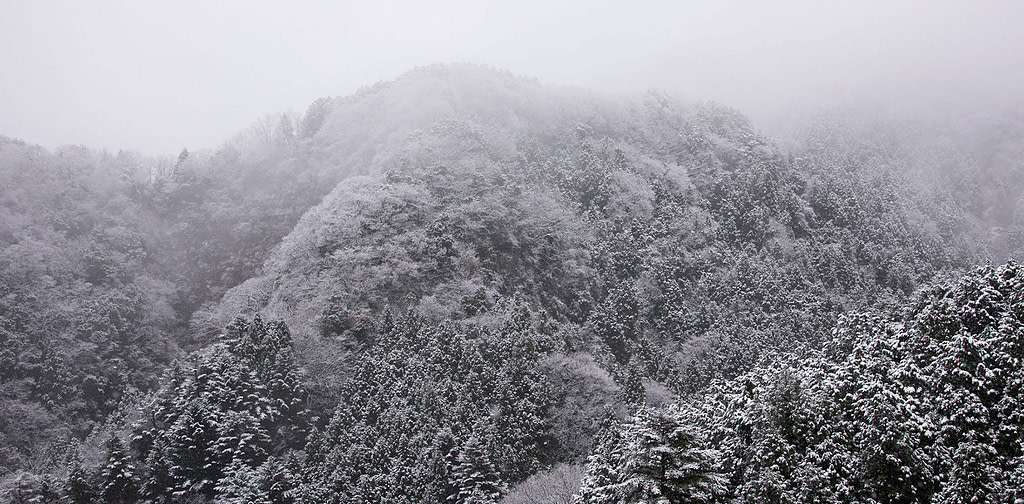Sake 101
No Preservatives.
No Tannins.
No Sulfites.
Only Natural Ingredients.
Want to know a little more about Moto’s favourite drink?
It’s a complex and rewarding subject, but if you’re short on time and want to get to enjoying some, here’s a quick Sake 101.
The word “sake” in Japanese actually means “alcoholic drink.” So if you want to feel like a native, ask us for a nihonshu (日本酒).
There are dozens of types of nihonshu (including speciality styles). For today, let’s focus on the categories you will encounter most often, determined by two decisions made during the sake brewing process:
- How much the grains of rice have been polished, or milled down
- The addition of distilled alcohol
These main categories include:
Ginjo 吟醸
Ginjo sake is made with rice grains that are polished down to at least 60% of their original size. Very pure and delicate flavours are produced through the use of special techniques and yeast strains, with the most common being fruity flavours of green apple and fresh banana. Sakes that fall in the ginjo category tend to be lighter in body and lower in acidity.
Daiginjo 大吟醸
The serious stuff, made with rice polished down to 50% of its original size or more. Great precision, time and care are required throughout the sake brewing process. Think of daiginjo as a natural progression from the ginjo – extremely elegant, fresh, and aromatic, usually best enjoyed chilled.
Honjozo 本醸造
By contrast to ginjo or daiginjo categories, rice grains are polished more coarsely for honjozo sakes, with only 70% being the required rice polishing ratio. It is a versatile style that can be served at a variety of temperatures from cold to hot. When compared to ginjo or daiginjo, honjozo sakes can be less aromatic and more of a light and crisp beverage.
Junmai 純米
Junmai sake does not require a fixed minimum rice polishing ratio. Yet what is unique is that high-strength distilled alcohol, which is added to all other categories of sake, is not added here. It tends to be a more full-bodied, rich and complex style with higher acidity and umami levels. Junmai can appear on its own or as junmai ginjo (純米吟醸) or junmai daiginjo (純米大吟醸), signifying the use of highly polished rice without the addition of distilled alcohol. It can be served at a variety of temperatures, usually best at room temperature and higher.
Futsu-shu 普通酒
Table sake, usually mass-produced with machines to keep costs low. There are also fewer legal restrictions as to the necessary ingredients or rice polishing ratios compared to the premium sake categories mentioned above. However, this does not mean that there is anything wrong with table sake! Certain breweries make a mean futsu-shu that is amazing value for money! In terms of flavour profile, you will most likely find more junmai or honjozo styles.
So that’s it, a basic guide to the styles you can expect from the main sake classifications. With that being said, please keep in mind that these explanations are mere guidelines that are no where near being set in stone! You may very well come across a rich and juicy daiginjo or a delicate junmai sake. At the end of the day, sake brewers (or at least the ones we import from anyway) care more about producing a beverage they love rather than one most representative of a certain sake category.
Next up: trying them all! Or, you can also further your sake education by learning all about how sake is made.
What is Sake?
Sake is Japan’s national drink, made all across the country to fit each locality’s climate and food culture. From north to south, Japan’s topography is blessed with varied mountain and coastal landscapes. And at certain times of the year, the difference in temperatures at locations on either end of the country can be almost 50°C! For these reasons, each brand of sake has its own personality to fit its own microclimate and henceforth, its very unique way to be appreciated.


For example, sake can be enjoyed at a wide range of temperatures. Your decision will come down to personal preference or the setting in which you are having sake. Maybe it is hot outside so you are craving a cool and refreshing tipple. Or perhaps you are eating an intensely flavoured and heavy-textured dish so you decide to heat up your sake. The one caveat to note is that by warming sake, it becomes more intense, full-bodied and acidic. Therefore, while a lot of sakes can be enjoyed warm or hot, ginjo and daiginjo styles are exceptions as they lose their delicate aromas and flavours when heated.
(To find out more about the effects of temperature on sake, we get more in-depth in this blog post here.)
Speaking of food pairings, there is a whole world to discover with sake at hand. Compared to sake, wines are higher in acidity and red wine has bitter tannins. Beers have bitter flavours from hops. Spirits are high in alcohol. On the other hand, sake is low in acidity and slightly sweet, with little or no bitterness or astringency. This is why sake is the perfect accompaniment to all dishes and cuisines! Instead of automatically resorting to Japanese cuisine when having sake, possibly try French, as all its umami-rich cheeses will go beautifully with umami-rich sake. Or go for Italian, as more purer styles of sake will not clash with highly acidic dishes using tomato sauces. Have fun experimenting without breaking a sweat! As it is often said in Japan, “sake does not fight with food.”
